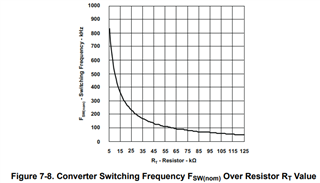Other Parts Discussed in Thread: UCC28951, LM5045, UCC28251, UCC29002, UCC28C51, TL431
Tool/software:
Hello,
I'm building a 500W benchtop supply. I want it to be modular so that I can parallel it for high power. I've attached my initial set of specifications below. The output voltage down to 3V will be power derated, I'm still working out at which voltage I'll start derating.
Power flow: 2-stage EMI filter -> UCC28019ADR (PFC) -> Full bridge ( LM25037 - ?)
I was hoping you could help with the following:
- Is my Full bridge IC choice good given what I'm trying to do?
- I would have liked a 1.5A gate drive so that I can drive some toshiba fet's that I know work well and aren't overly expensive
- To make this power supply modular and easy to parallel between N number of power supplies, what are some important characteristics that need to be taken care of for this to work smoothly?
- Any advice you think is pertinent please share.
Cheers



